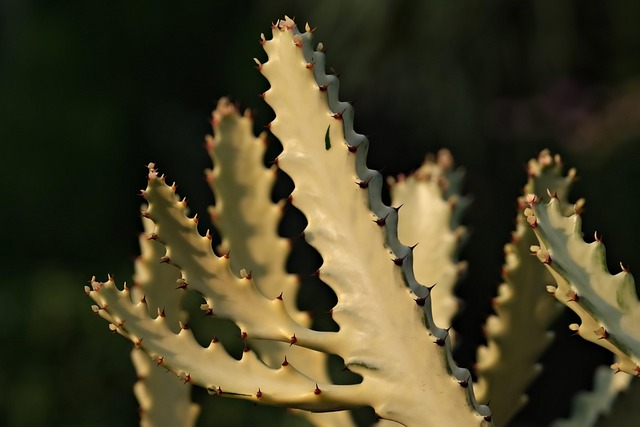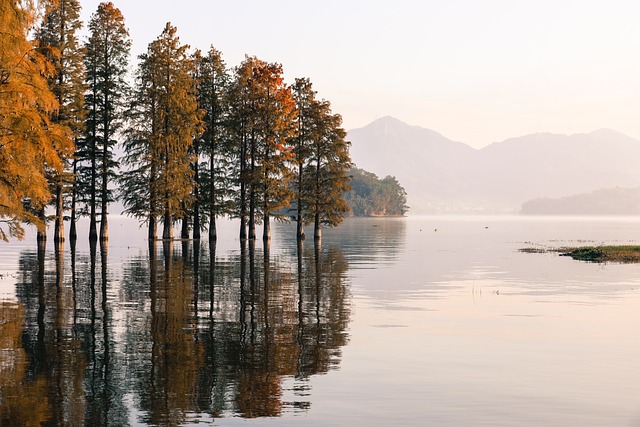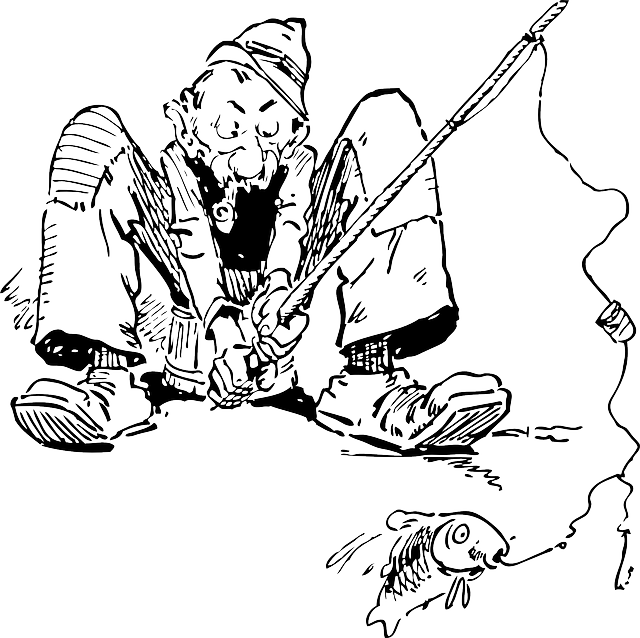Identifying and protecting prime fishing locations is crucial for marine conservation. These areas, characterized by unique environmental features, support diverse fish species and balanced ecosystems. Overfishing has led to significant declines in populations and disrupted food webs, impacting both wildlife and human communities. Conservation strategies include establishing marine protected areas (MPAs), implementing size limits, seasonal closures, and protecting critical habitats. Collaborative efforts involving scientists, local communities, and governments are essential for ecosystem restoration. Technological advancements like sensors, drones, and AI aid monitoring and predict fish migration patterns, optimizing conservation strategies for long-term ocean health and sustainable fishing practices.
Wildlife and fishing conservation are vital to maintaining the delicate balance of marine ecosystems. This article explores the critical aspects of preserving our oceans’ riches, focusing on identifying prime fishing locations and their significance. We delve into the impact of overfishing, highlighting the crisis it poses to fish populations. Conservation strategies, including habitat protection and restoration efforts, are examined alongside community engagement tactics. Finally, we look to the future with technological innovations set to revolutionize sustainable fishing practices.
- Identifying Prime Fishing Locations: Hotspots and Their Significance
- The Impact of Overfishing: Understanding the Crisis
- Conservation Strategies: Protecting Fish Populations and Habitats
- Restoring Marine Ecosystems: A Collaborative Approach
- Community Engagement: Empowering Local Fishermen and Residents
- Future Prospects: Technological Innovations in Fishing Conservation
Identifying Prime Fishing Locations: Hotspots and Their Significance

Identifying prime fishing locations is a crucial step in conservation efforts, as it allows for targeted protection and management. These hotspots, often characterized by unique environmental features like diverse marine habitats, abundant food sources, or specific weather patterns, attract a wide variety of species. By studying these areas, scientists and conservationsists can better understand the needs of different fish populations and implement strategies to preserve them.
Prime fishing locations play a significant role in maintaining ecological balance and supporting sustainable fishing practices. They serve as breeding grounds, nursery habitats, and feeding zones for numerous species, making them vital for biodiversity. Protecting these areas from overfishing and habitat destruction ensures the long-term survival of many fish populations, thereby preserving the rich marine tapestry that contributes to both ecological health and economic well-being.
The Impact of Overfishing: Understanding the Crisis

Overfishing, particularly in prime fishing locations around the globe, has led to a significant decline in fish populations and disrupted marine ecosystems. It is a crisis that threatens the balance of our oceans and has severe implications for both wildlife and human communities. When fish are harvested at rates beyond what the environment can sustain, it causes a cascade of negative effects. This includes the depletion of target species, which can lead to the collapse of fisheries, disrupting food webs and entire marine ecosystems.
The impact extends further as overfishing often targets larger, older fish, removing key predators from the ecosystem. This can result in an increase in smaller, less desirable species, throwing off the natural order. Additionally, many prime fishing locations are also habitats for diverse wildlife, including endangered species. The destruction of these habitats through overfishing exacerbates the challenges faced by conservationists working to protect vulnerable marine life.
Conservation Strategies: Protecting Fish Populations and Habitats

Conservation efforts aimed at protecting fish populations and their habitats are crucial, especially in prime fishing locations where overfishing can have severe ecological consequences. One key strategy involves establishing marine protected areas (MPAs), which serve as safe havens for fish to breed, grow, and thrive. By designating specific zones off-limits to fishing, MPAs allow fish stocks to recover and maintain their health, ensuring a sustainable supply for both wildlife and human communities that depend on them.
Additionally, implementing size and catch limits, along with seasonal closures, helps regulate fishing pressure on vulnerable species. These measures not only protect mature individuals but also give younger fish a chance to reach maturity, thus maintaining the overall balance of marine ecosystems. Moreover, restoring and protecting critical habitats such as coral reefs, seagrass beds, and mangrove forests is essential, as these areas provide vital nursery grounds for many fish species, contributing to their long-term survival and ensuring the continued prosperity of prime fishing locations worldwide.
Restoring Marine Ecosystems: A Collaborative Approach

Restoring Marine Ecosystems requires a collaborative approach, especially in prime fishing locations where human activities have significantly impacted marine life. By bringing together scientists, conservationists, local communities, and government bodies, we can develop sustainable strategies to revive these ecosystems. This involves implementing strict fishing regulations, creating marine protected areas (MPAs), and promoting responsible fishing practices to prevent overfishing.
Collaborative efforts also extend to restoring habitats like coral reefs and seagrass beds, which serve as crucial breeding grounds and food sources for numerous species. These initiatives not only benefit wildlife but also ensure the long-term viability of prime fishing locations, preserving them for future generations to enjoy.
Community Engagement: Empowering Local Fishermen and Residents

In many coastal communities, wildlife and fishing conservation efforts thrive when local fishermen and residents are actively engaged. By empowering these communities, conservation initiatives can gain significant support and create a sense of stewardship for prime fishing locations. Educational programs that teach sustainable fishing practices and the importance of preserving marine ecosystems can foster a deeper connection between locals and the natural resources they depend on.
Involving local fishermen in decision-making processes ensures that their unique insights and practical knowledge are considered. This collaboration can lead to more effective conservation strategies tailored to the specific needs and challenges faced by these communities. By equipping residents with the skills and understanding to protect and manage prime fishing locations, conservation efforts become a shared responsibility, ultimately enhancing the long-term viability of both wildlife habitats and local fisheries.
Future Prospects: Technological Innovations in Fishing Conservation

The future of fishing conservation looks bright with technological innovations that promise to revolutionize how we protect our prime fishing locations. One such advancement is the use of advanced sensors and drones, which can monitor water quality in real-time, identify illegal fishing activities, and assess the health of marine ecosystems more efficiently than ever before. These tools enable conservationists to gather data from hard-to-reach areas, ensuring that no stone is left unturned in their efforts.
Additionally, artificial intelligence (AI) is being leveraged to predict fish migration patterns and optimize conservation strategies. By analyzing historical data and environmental factors, AI algorithms can help fisheries managers make informed decisions about protected areas, seasonal closures, and catch limits, ultimately promoting sustainable fishing practices. These innovations not only enhance our ability to conserve prime fishing locations but also contribute to the long-term health of our oceans and the wildlife that depends on them.






